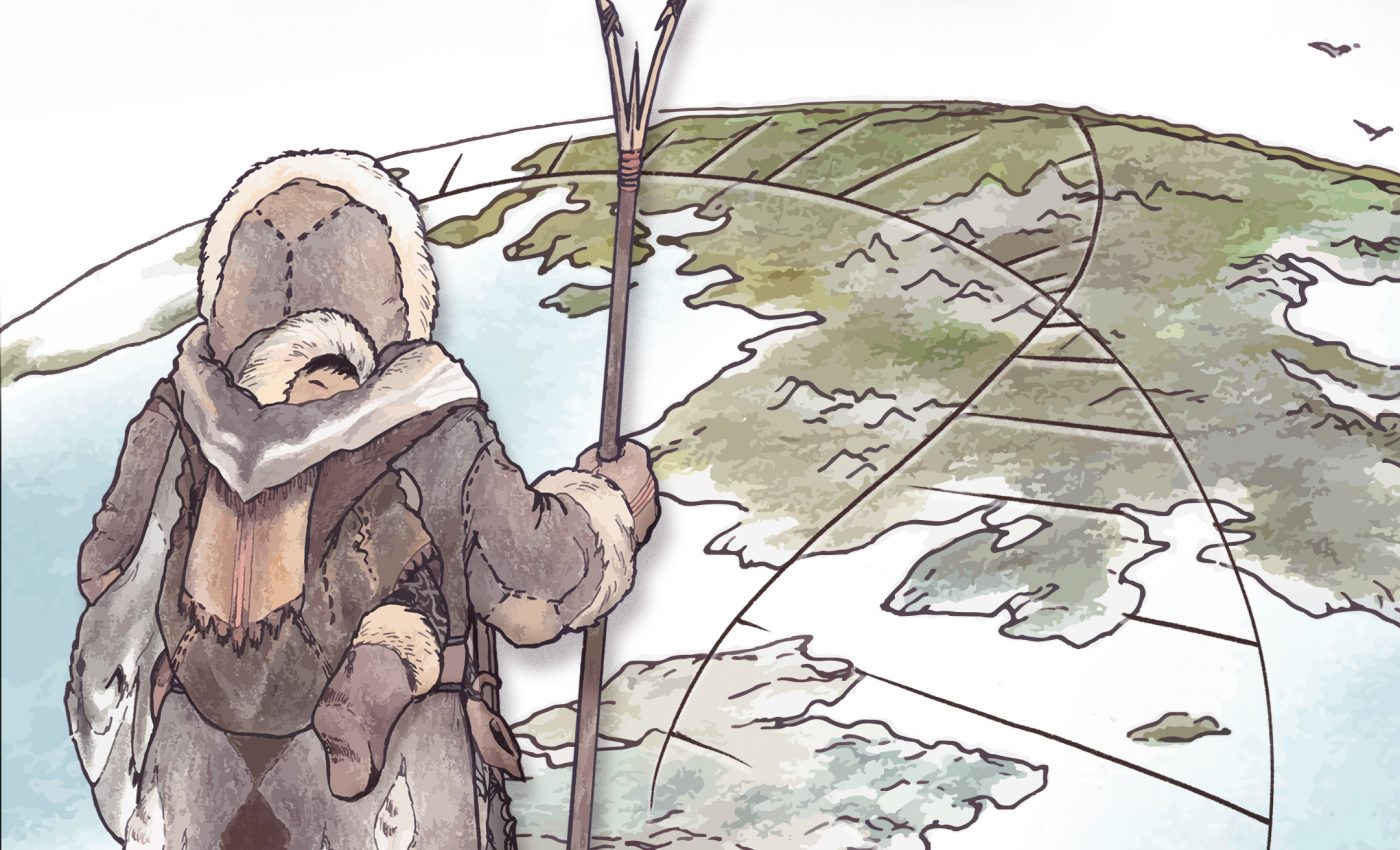
DNA reveals Paleo-Eskimos majorly contributed to North American populations
About 5,000 years ago, the Paleo-Eskimos migrated from Asia to North America, roughly 10,000 years after the first Asia-to-North America migration occurred.
Then, about 800 years ago, the Paleo-Eskimo population was replaced by a new population across the Arctic, and soon enough, all signs of Paleo-Eskimo culture was lost.
However, researchers from the Max Planck Institute for the Science of Human History argue that despite the disappearance of their culture, Paleo-Eskimos contributed much more to North American populations than previously thought.
To come to their conclusion, the team assembled genome-wide data from 48 ancient individuals and 93 modern individuals from Siberia, Alaska, the Aleutian Islands and Canada. They then compared this data to data that was previously published. They found that a large portion of genetic heritage from ancient and modern American Arctic and Chukotkan populations actually comes from Paleo-Eskimos.
“Our study is unique, not only in that it greatly expands the number of ancient genomes from this region, but because it is the first study to comprehensively describe all of these populations in one single coherent model,” said Max Planck’s Stephan Schiffels.
“For the last seven years, there has been a debate about whether Paleo-Eskimos contributed genetically to people living in North America today; our study resolves this debate and furthermore supports the theory that Paleo-Eskimos spread Na-Dene languages,” said David Reich of Harvard Medical School and the Howard Hughes Medical Institute.
Their findings show that shortly after their arrival to Alaska about 5,000 years ago, the Paleo-Eskimos interbred with people who had similar ancestry to that of more southern Native peoples. The genetic heritage of the ancestors of Aleutian Islanders and Athabaskans is derived directly from this interbred group.
They also found that Inuit and Yup’ik ancestors crossed the Bering Strait at least three times. They first crossed as Paleo-Eskimos to Alaska. They then crossed again as predecessors of the Old Bering Sea archaeological culture back to Chukotka and stayed for about 1,000 years, interbreeding with locals related to modern Chukchi as well as locals from Kamchatka. And then they finally crossed a third time to Alaska again as bearers of the Thule culture.
“One of the most striking case examples from our study is the ancient DNA we generated from the ancient Athabaskan site of Tochak McGrath in interior Alaska, where we worked in consultation with the local community to obtain data from three approximately seven hundred year old individuals,” Reich said. “We found that these individuals, who lived after the time when the Paleo-Eskimo archaeological culture disappeared across North America, are well modeled as a mixture of the same two ancestry components as those found in Athabaskans today, and derived more than 40% of their ancestry from Paleo-Eskimos.”
“Determining what happened to this population was not possible from the archaeological record alone,” added Pavel Flegontov of the University of Ostrava. “By analyzing genetic data in concert with the archaeological data, we can meaningfully improve our understanding of the prehistory of peoples of this region. We faced challenging analytical problems due to the complex sequence of gene flows that have shaped ancestries of peoples on both sides of the Bering Strait. Reconstructing this sequence of events required new modelling approaches that we hope may be useful for solving similar problems in other regions of the world.”
—
By Olivia Harvey, Earth.com Staff Writer
Main Illustration by Kerttu Majander, Design by Michelle O’Reilly













